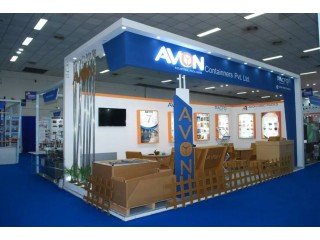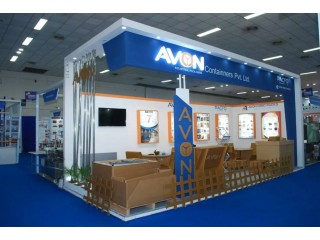A Guide To Lube Oil Purifier Professional
2 years ago - Multimedia - Bathinda - 175 viewsDry Air Generator For Power Systems
Dry air generators are more unique in power systems for large transformers and reactors.
When the transformer is shipped out from the factory, the heavier insulating oil is extracted and replaced with light dry air, which reduces the transportation cost of the large transformer.
Due to the long maintenance and accident repair time of a large transformer, sometimes it is more than half a month. If there is no absolute dry air filled into the transformer continuously, the transformer body will be seriously wet and rusted, accordingly the transformer insulation performance will be destroyed.
The dry air generator ensures that the internal insulation of the transformer will not get wet during the maintenance process, and the maintenance personnel will not suffocate due to lack of oxygen when working inside the equipment. It can avoid the influence of external climate change, avoid the traditional transformer oil thermal circulation drying method. It can improve the oil’s insulation performance and reduce the moisture, and also ensure the personal safety of maintenance personnel.
Our GF series dry air generator is mainly composed of air compressor, gas storage tank, cold dryer, suction dryer, three-stage precision dry air filter, pressure reducing valve, flow meter and electric control system.
Its features are as below:
The air compressor takes the latest patent Injection screw rotor from ATLAS COPCO and driven by the efficient and maintenance-free device. It features barely supervised, long-term stable and reliable work, self-diagnostic fault and alarm. The machine has an automatic restart function after power-off.
No heat regenerative dryer uses the principle of pressure swing adsorption to make the desiccant agent absorbing under the pressure of pipe network, and then switch to desorption under the atmospheric pressure and lead back about 14% of the dry gas from the outlet of drier for further purification regeneration. The two towers are working as above alternatively to provide the user with dry compressed air
Means of control:
It adopts the advanced and reliable microcomputer program controller featured automatic timing, auto-switching work. The machine is working stably and reliably and won’t be affected by the power grid, voltage, electric field effects.
This machine has a power supply voltage, air outlet pressure, air outlet dew point, air outlet temperature, adsorption tower pressure and a series of parameters of real-time display instruments for the operation of equipment at any time can be observed, recorded, and greatly facilitate the management.
Lesser known facts about TTR testing that are affecting your results
Transformer Turns Ratio (TTR) testing is one of the most common ways of assessing the condition of a transformer’s windings and core. Throughout the life of a transformer, TTR results are compared against the nameplate ratings to reveal insulation deterioration, shorted turns, core heating or other abnormalities. TTR tester is simple, so is often taken for granted without fully understanding the basis of the test. As a result, when measurements are not within expected limits, it is hard to determine the cause and resolve the problem.
This article focusses on some of the lesser known aspects of TTR testing, such as the effect of applied test voltage, step-up versus step-down excitation; differences between nameplate ratio, voltage ratio and turns ratio; sources of error; per phase testing vs true three-phase testing; and more.
The basics
Transformers transfer power between circuits, usually at different levels of voltage and current, by electromagnetic induction. This function depends on the relationship between the number of turns of a specific pair of windings in the transformer. As this relationship is so important, TTR testing is typically performed many times throughout the life of a transformer – during manufacture, at acceptance and then during routine maintenance and as an aid to fault finding.
Modern TTR instruments will work by applying a voltage on one winding of the transformer (VP), measuring the resulting voltage on another winding (VS) and then calculating the ratio of these two voltages. This is the transformer voltage ratio (TVR), but it should be noted that for three-phase transformers, a correction factor, which depends on the vector configuration of the windings, has to be applied.
As TTR measurements are made under no load conditions, impedance will have a negligible effect on the results. The measured value of TVR will, therefore, be approximately equal to TTR, the turns ratio. For this reason, it is standard industry practice to validate TTR with an instrument that in reality measures TVR.


















